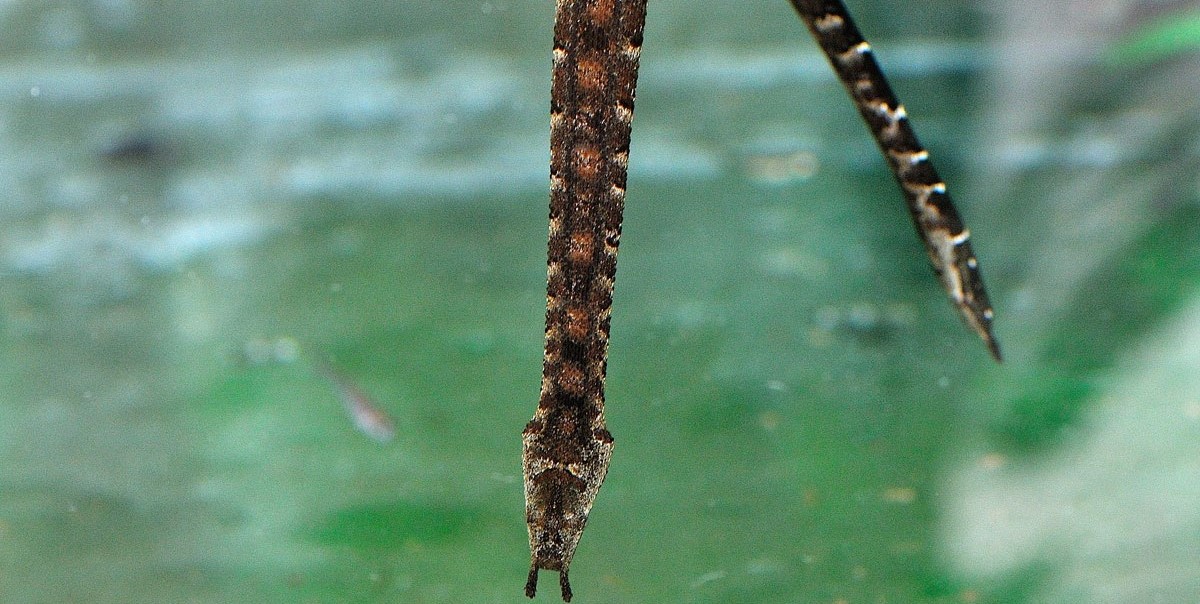Alerts
Please be advised that our bird aviaries are open!
Your Toronto Zoo is committed to the health and safety of the animals in our care. We take proactive steps to protect our birds from Avian Influenza which has been confirmed in a wild bird in southern Ontario, and some birds may still be off display.
Please note Splash Island is still closed and will not open until July due to unforeseen delays in construction. Please watch for updates on https://www.torontozoo.com/tz/splash or on our social media pages. Thank you!
Please note the following animals are currently not on display due to various reasons including Avian Bird Flu, and Covid-19 sensitivity:
- Flamingo, peacock, owl, bald eagle, and aviaries
- Some Kids Zoo Animals
- Cougar
- Moose
- Kangaroo walk through (kangaroos are still visible)
- Axolotl
We apologize for the inconvenience!


Reptile
Location at the Zoo:
Indo-Malaya
Region: Indomalaya
Tentacled snake
The tentacled snake belongs to the Colubrid subfamily: Homalopsinae, a group of rear fanged aquatic and semi-aquatic snakes, which range over much of southeastern Asia, Indo-China, New Guinea and northern Australia. It is completely aquatic and is virtually helpless on land. It is a relatively small snake, with an average size of only 50 to 75 cm. The head is small but distinct from the neck. The eyes are small and round. There are two short tentacles protruding from the snout of a length of 13 to 19 mm. The body has markedly keeled scales and they vary in colour from dark brown to tan or pale gray. The darker specimens have a pattern of tan/yellow ventral stripes, the lighter ones have a dorsal and lateral pattern of brown, reddish brown or black bars.Conservation Status: IUCN
